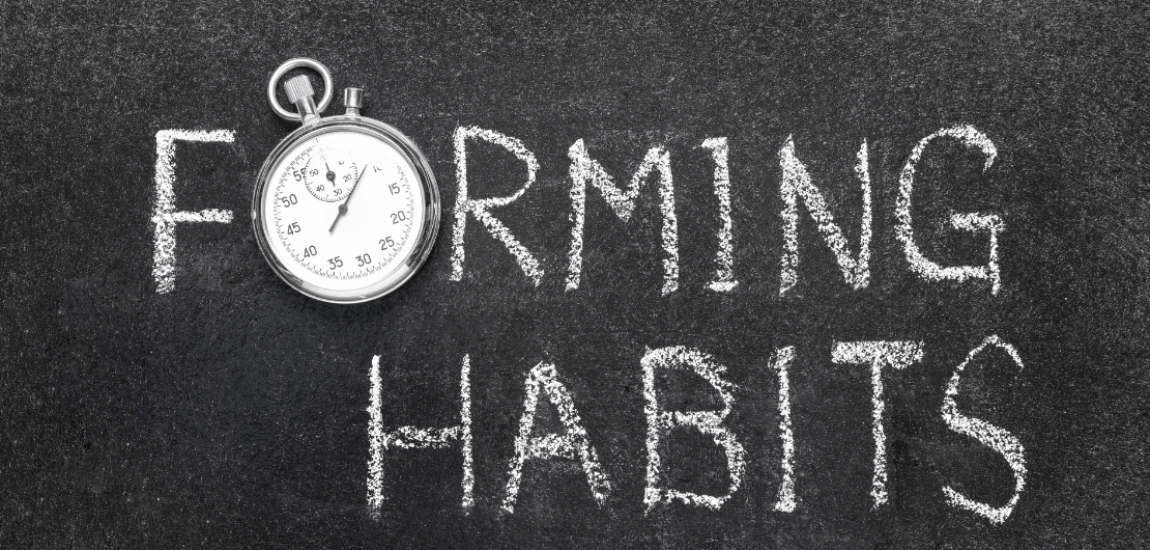The Science Behind Binge-Watching and Viewer Habits

Binge-watching has become the default way many people consume entertainment. Whether it’s spending a weekend catching up on a new Netflix release or watching three seasons of a series in one go, viewers around the world are increasingly engaging in extended viewing sessions. But what drives this phenomenon? The answer lies in psychology, neuroscience, technology, and cultural shifts.
This blog unpacks the science behind binge-watching and viewer habits, exploring how our brains respond, why streaming platforms encourage this behavior, and what it means for our health, society, and future entertainment trends.
The Psychology of Binge-Watching

At its core, binge-watching is not just a habit—it’s a psychological response to media design and human behavior.
Escapism and Emotional Engagement
Binge-watching allows viewers to immerse themselves in fictional worlds, offering an escape from stress, work, or daily struggles. The emotional connection built with characters over multiple episodes creates a sense of companionship, which can be comforting.
The Need for Narrative Closure
Psychologists suggest that people binge-watch because they crave resolution. Cliffhangers and suspense trigger a strong desire to know what happens next, making it difficult to stop watching. This ties directly into our brain’s discomfort with incomplete stories.
FOMO and Cultural Pressure
In today’s digital age, missing out on trending shows can mean being excluded from conversations at work, school, or online. The fear of missing out (FOMO) compels viewers to binge so they can stay socially connected.
Neuroscience: What Happens in the Brain

Binge-watching isn’t just psychological—it involves real chemical reactions in the brain.
Dopamine and Reward Pathways
Watching episodes back-to-back activates the brain’s dopamine system, which is linked to pleasure and reward. Each cliffhanger and resolution creates a cycle of anticipation and gratification, similar to what happens with addictive behaviors.
Stress Relief and Cortisol Reduction
Engaging with an enjoyable series can reduce cortisol levels, lowering stress. This explains why many people binge-watch as a way to unwind after a long day. However, excessive bingeing can backfire by disrupting sleep and increasing fatigue.
Memory and Cognitive Processing
Extended viewing sessions strengthen story recall and character recognition. Our brains process narrative arcs more seamlessly when consumed in large chunks, which can explain why bingeing feels more satisfying than watching weekly episodes.
The Role of Streaming Platforms

Streaming platforms are designed to encourage binge-watching—and they do so intentionally.
Autoplay and Seamless Continuation
Features like autoplay remove decision-making barriers. Instead of asking viewers if they want to continue, the next episode plays automatically, leveraging inertia and keeping audiences engaged.
Content Release Strategies
Some platforms release entire seasons at once, while others experiment with weekly drops. The “all-at-once” model fuels binge culture by giving audiences control over their viewing pace, though it also reshapes how shows are marketed and discussed.
Personalization and Algorithms
Recommendation engines curate tailored suggestions based on past behavior, making it easier for viewers to jump from one series to another. This endless cycle extends binge sessions and deepens viewer dependence on platforms.
Cultural Shifts in Entertainment Consumption

Binge-watching reflects broader cultural changes in how society consumes entertainment.
From Appointment TV to On-Demand Culture
Gone are the days of waiting a week for the next episode. The shift to on-demand streaming has redefined media consumption, granting viewers unprecedented control over their schedules.
Shared Viewing and Social Media Trends
Binge-watching often becomes a collective activity, whether through “watch parties” or online communities. Social media platforms amplify this by turning shows into viral phenomena, encouraging audiences to watch quickly and join the conversation.
Changing Storytelling Formats
Writers and directors now create shows with binge-watching in mind. Longer arcs, intricate subplots, and deeper character development are tailored for marathon viewing rather than episodic drops.
Health Implications of Binge-Watching

While enjoyable, binge-watching has both benefits and drawbacks for physical and mental health.
Physical Effects of Prolonged Sitting
Extended viewing can lead to sedentary behavior, increasing risks of obesity, heart disease, and musculoskeletal issues. Poor posture and screen fatigue are also common concerns.
Mental Health and Emotional Well-Being
Moderate binge-watching can reduce stress and offer relaxation. However, excessive viewing may contribute to loneliness, sleep deprivation, and symptoms of depression if it replaces real-world interactions.
The Balance Between Leisure and Excess
Health experts recommend setting limits, taking breaks, and incorporating physical activity into long viewing sessions. Binge-watching itself isn’t harmful—it’s about how it’s integrated into daily life.
Viewer Habits Across Demographics

Not all audiences binge-watch in the same way. Age, location, and lifestyle influence viewing patterns.
Younger Generations and Digital Natives
Gen Z and Millennials, raised in the digital era, are more likely to binge entire series in one sitting. Their habits are shaped by multitasking and constant access to streaming platforms.
Older Viewers and Selective Watching
Older demographics tend to binge-watch more selectively, often choosing familiar genres like crime dramas, documentaries, or comedies. They may watch at a slower pace but still enjoy the control streaming provides.
Global Trends in Binge-Watching
In some regions, binge-watching is tied to cultural practices. For example, weekend marathons are common in North America, while in other countries, group or family bingeing is more popular.



